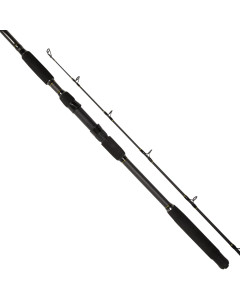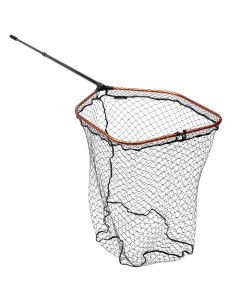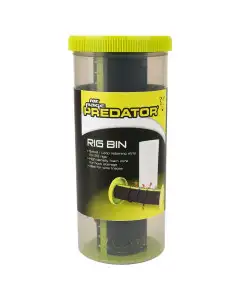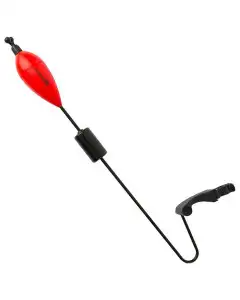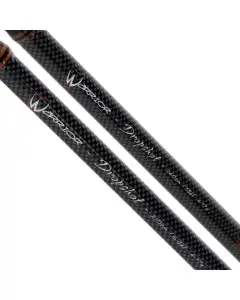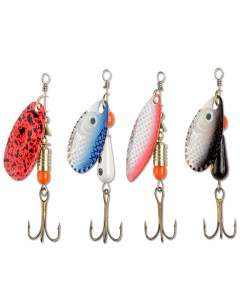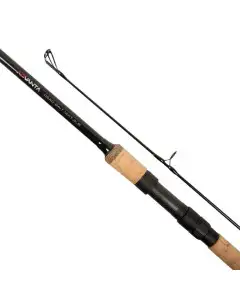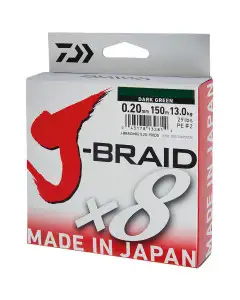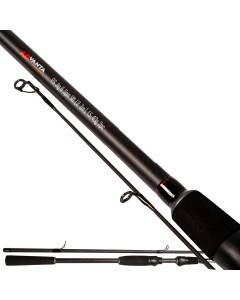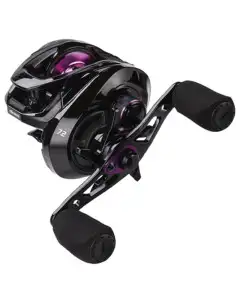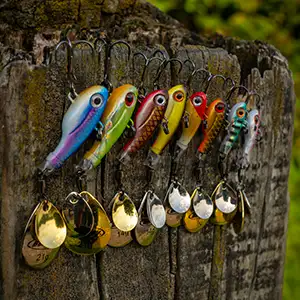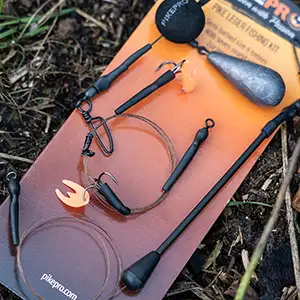This is a demo store. No orders will be fulfilled.
- Home
- Pike / Predator
Pike & Predator Fishing Tackle
Predator Fishing Bestsellers
-
-
-
-
-
-
-
-
Rating:93%£79.99 - £89.99Save up to £25.00
-
-
-
-
-
-
-
-
-
-
-
-
Here in the UK, the pike fishing season runs from October through to March. Some anglers will pike fish in the summer months, but generally, it is accepted that if the water is over 21 degrees, you should not be targeting pike. The adrenaline rush that comes with hooking into a ferocious pike, and the sight of a finely tuned, big-toothed predator in your landing net is what keeps anglers coming back to pike fishing every winter. In addition to pike, predator angling for perch, zander, and catfish will also take place in the cooler months of the year.
What Tackle Do I Need for Predator Fishing?
Although many predator anglers prefer to travel light with their predator rods, reels, line, lures, and fishing tools, you will find our predator section is stocked with all the predator essentials one may need. Pike and predator rods tend to be made for lures or dead-baiting tactics, whereas reels are mostly fixed spools or multipliers to assist with the line twist that comes with battling predator species.
When it comes to the fishing line, it needs to be strong. Predator fish are known for their fighting once hooked and can bite through many lines which is why mono and braid tend to be the options many predator anglers opt for. In addition to your mainline, trace wire is also used for pike angling for connecting your swivels, or snap links.
Like everything else in the predator tackle armory, your fishing nets need to be built to withstand those pike teeth or fight an action when netted. As big as some carp and specialist nets maybe, a net made with stronger mesh and the net handle is worth investing in. Your tools for then removing hooks and lures from predators' sharp mouths are a must with many packing at least long-nosed forceps and wire cutters.
As predator tackle requires stronger construction and materials there are fishing brands that specialize in just items for these fish. Reputable brands such as Fox Rage, Daiwa Prorex, Savage Gear, Catfish Pro, and Drennan to name a few! Advanta also offers predator tackle at a lower cost and features across the nets, reels, nets, and fishing chair sections of our predator tackle collection.




